
|
|
|
52.1 FIBER REINFORCED PLASTICS (FRP)
������������Typical properties that may be desired are,
Some notable applications are,
- Sports equipment - tennis racquets, ski poles, skis, fishing rods, golf clubs, bicycle frames, motorcycle frames
- composites provide a maximum tensile strength to density ration approximately 4 to 6 times greater than steel or aluminum
- can provide a maximum material stiffness to density ratio of 3.5 to 5 times that of aluminum or steel
fibres are often graphite, glass, aramid, etc.
the fibres are supported in the matrix, quite often a polymer, epoxy, etc.
The polymer matrix is often referred to as the resin
The matrix transfers the load to the reinforcement fibres, and it protects the fibres from environmental effects.
Resins tend to be thermosetting, or thermoplastic
Thermosets - undergo a chemical change, and cannot be "recast". The setting is often heat activated.
Polyester resins are quite common. The process often begins with molecules like a dialcohol, and diacid. These then cure into a solid polymer.
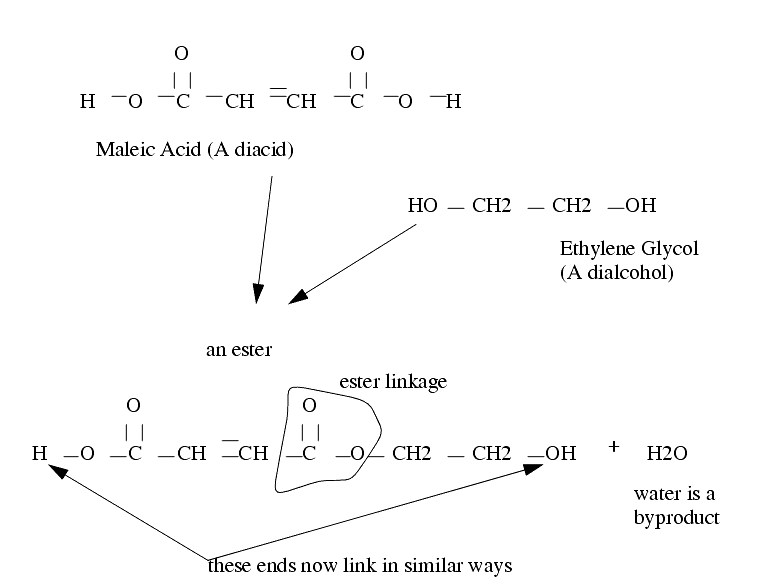
These reactions create very long chains of polymers in a sort of gel, but the next step involves cross-linking them to make things stiff
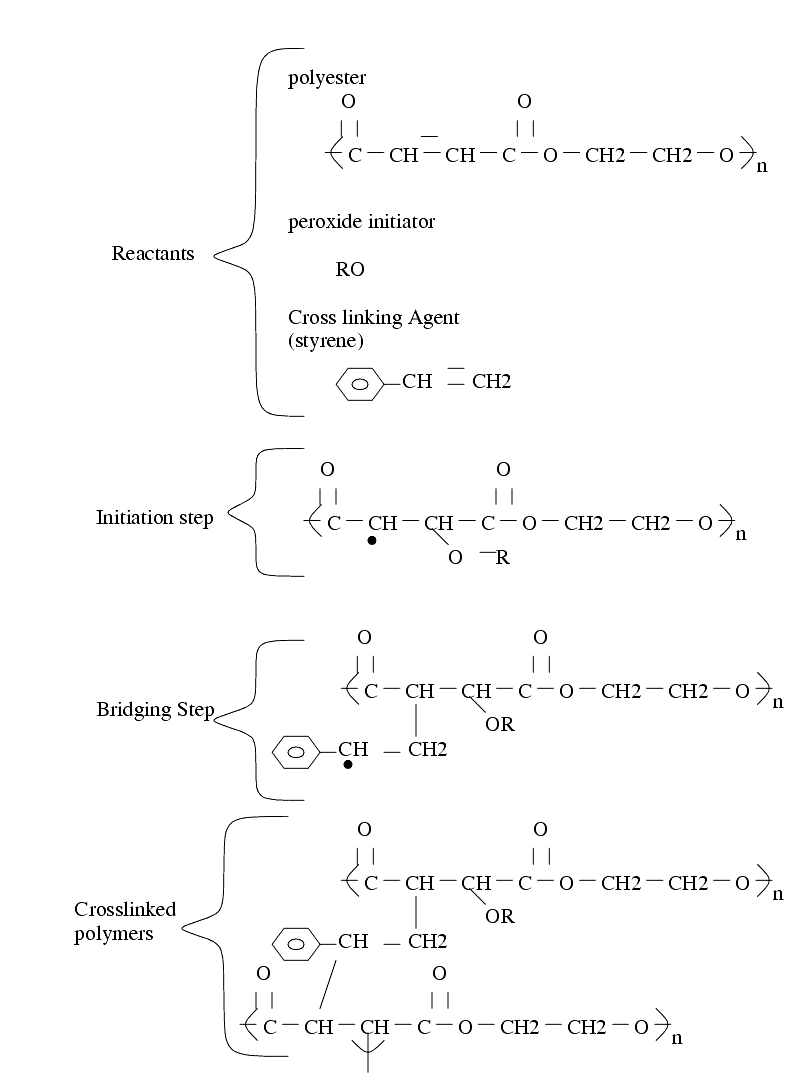
Various chemical reactions, and physical properties can be altered by changing the chemicals above. Rates of reaction can be accelerated with higher temperatures.
The initiator is often stored separately from the other reactants to prevent cross linking before use. This may happen spontaneously, and so the chemicals should be discarded if too old.
Epoxies can also be used, they can be expensive and toxic, but they generally have better overall performance than polyesters.
Polyesters are generally inexpensive, and can be modified for other properties.
Epoxies are used when the matrix must have good adhesion, strength and corrosion resistance in severe environments.
Polyimides are used for high temperature applications (up to 600 F/316 C) but are difficult to process
Phenolics are good for thermal insulation
Ceramics are used for high temperature, low strength applications.
Reinforcements in materials can be
Fibres have very long lengths with respect to the surrounding material, and tend to have a significantly higher strength along their length.
Fibres are often drawn to align the molecules along the fibre length

Glass fibres are basically made by,
There are three common glass types used, E, S, C

Carbon Fibres are among the highest strength and modulus materials known.

Aramids (Kevlar) fibres are shown below. These do not need to be drawn as they are already in the correct orientation when produced.
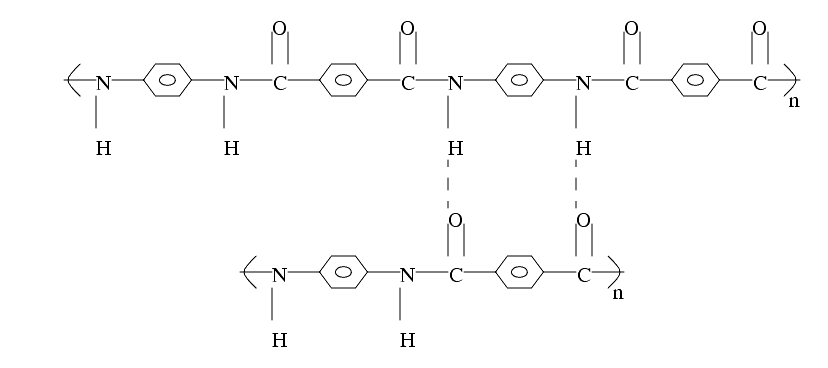
aramid fibres come in bundles of 134 to 10,000 filaments

Other popular fibre types are Boron, Silicon, Carbide, Alumina, etc.
The fibres come in a variety of configurations,
Mat - chopped fibres create an undirected pattern in a flat cloth. A binder holds the fibres together.
There are different weave types used, these provide different workabilities, air removal, distortions, etc.
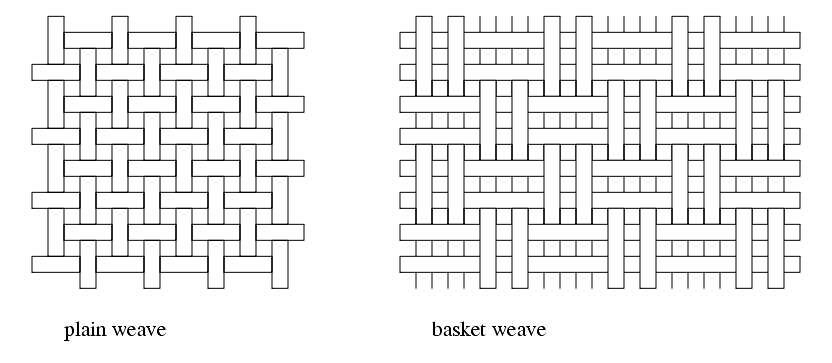
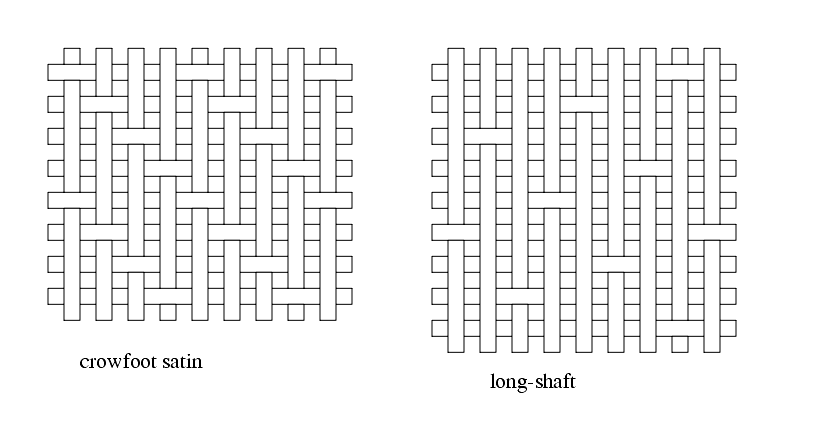
weaves can be made from single fibre types, or combinations
The relative material properties for composites are seen in the figures below
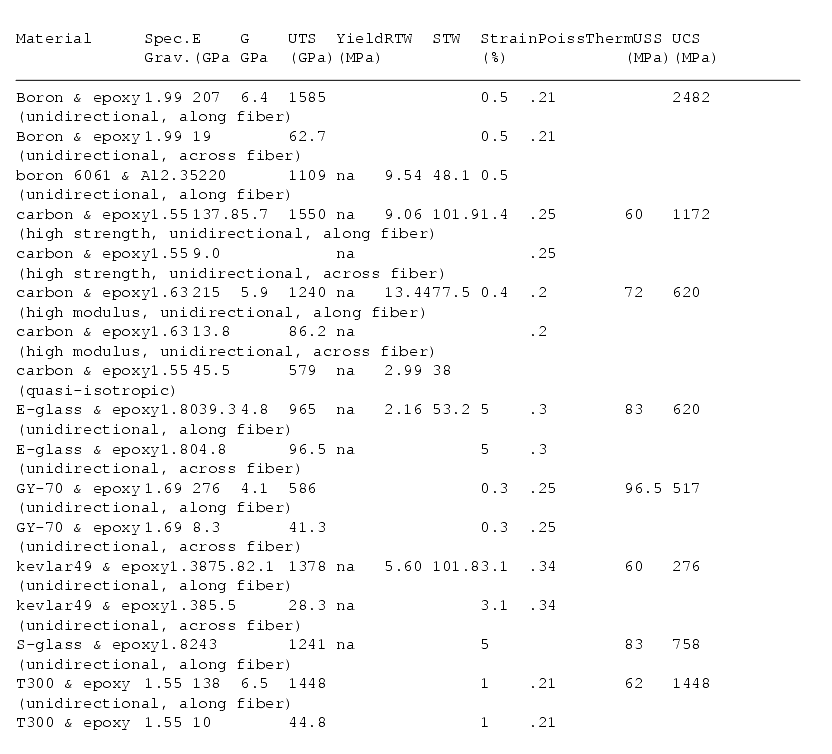
Composites are sensitive to temperature and humidity during curing.
When dealing with cyclic loading over a million cycles
Composites in general are very easy to shape, and form, this is not always possible with other high strength materials
Composites are anisotropic and have good strength along the fibre length, but reduced strength across the fibre axis.
Elongation of composites is typically linear up to fracture at 1% to 2% elongation
Search for More: |

Custom Search
|

|